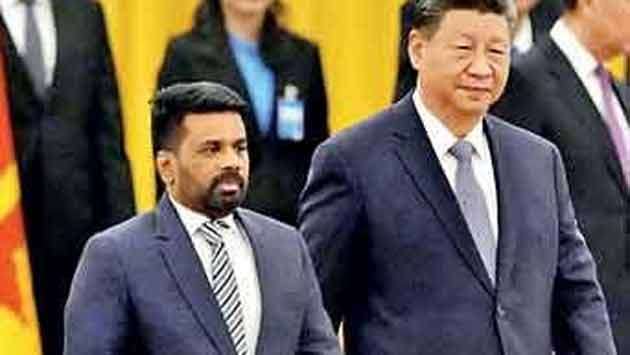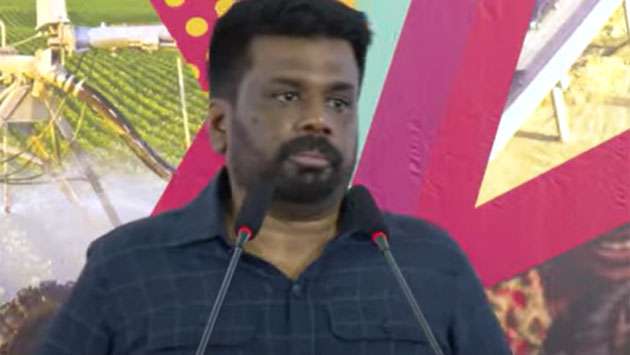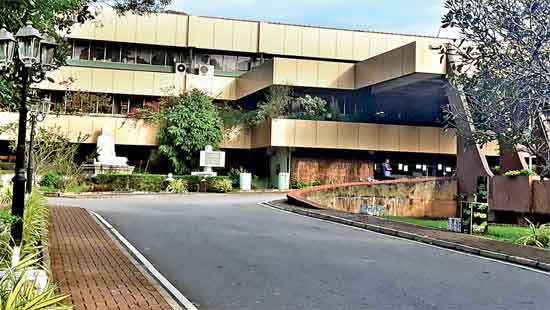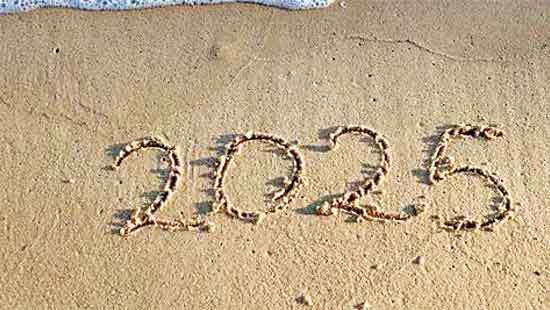Motor races and tourism: What’s the cost? Editorial
14 May 2013 09:05 pm Views - 2274

Authoritative sources say the Mahanayake Theras of the Malwatte and Asgiriya Chapters have sent a petition to President Mahinda Rajapaksa urging the proposed night races be put off. Nimal Premawamsa who heads the Foundation to Protect the Heritage of Kandy said the proposed night races would tarnish the image of this historic sacred city, which had been declared as a heritage site by the United Nations Education Scientific and Cultural Organisation (UNESCO). The group says the route of the proposed night races is almost the same as the route of the historic Esala Perahera and the motor cars and the 1000 cc motorbikes would roar past the hallowed Dalada Maligawa itself. The Foundation also alleged that mobile liquor bars were to be set up on the route of the races to sell alcohol to spectators and this would be a clear violation of the Buddha Dhamma.
But the race organisers including Kandy Mayor Lohan Ratwatte say they are going ahead with their plan and that there have been no protests by the Mahanayake Theras or any others. They say the races were originally scheduled to be held on May 17 and 18 but were postponed due to the Vesak celebrations next week and the Victory Day parade next Sunday. No matter who says what, most people would agree that the sacred city of Kandy which millions of people visit from Sri Lanka and abroad to venerate the sacred tooth relic should not be the venue for motor races although the organisers say it will be a big tourist attraction.
This dispute also raises important economy-related questions about foreign tourism itself. Government authorities boasted that more than one million foreign tourists visited Sri Lanka last year and they expected many more this year. But the opposition and other critics say most of the tourists coming here were 'koththu roti’ tourists and did not spend much in foreign exchange. In contrast, Sri Lanka received most of its foreign exchange reserves—more than 6 billion US dollars a year—from house maids and other Sri Lankans toiling in the desert heat or red dust of the Middle East.
The total foreign exchange earnings from tourism are very much less because the government spends a huge amount of money in building new hotels and improving infra-structure facilities while importing hundreds of items for foreign tourists. When all this is put together the real economic benefits from tourism cannot provide much towards sustainable development.



